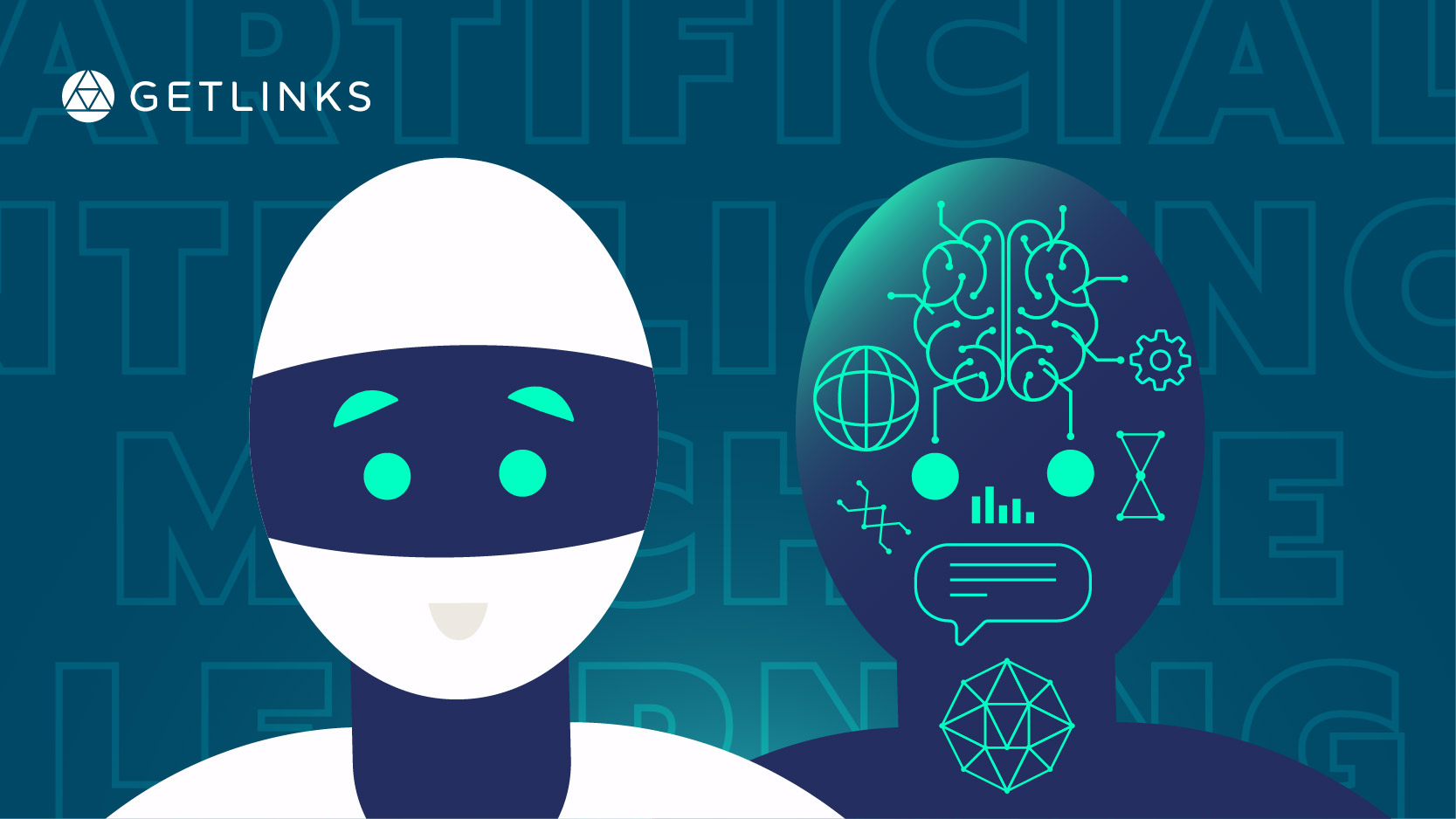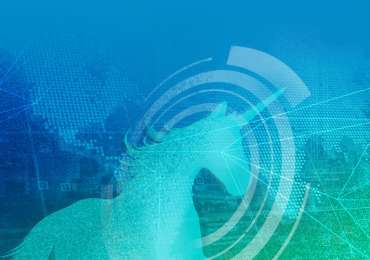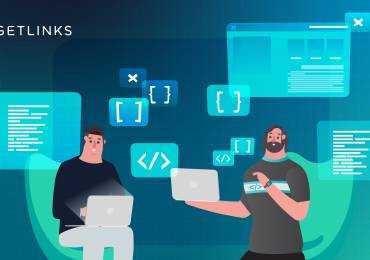Beyond the Buzzwords: Demystifying AI & Machine Learning for HR Leaders

Artificial Intelligence (AI) and Machine Learning (ML) have moved far beyond being buzzwords, they’re now practical tools reshaping how organizations attract, develop, and retain talent. From streamlining recruitment to predicting employee turnover, these technologies offer HR teams the chance to be more strategic, data-driven, and effective. But to apply them successfully, HR professionals need a clear understanding of what AI and ML are, and how they can be used in real-world HR practices.
What’s the difference between AI and Machine Learning?
Think of Artificial Intelligence (AI) as the big, overarching field. It’s any technology that enables a machine to perform tasks that typically require human intelligence, such as problem-solving, understanding language, or making decisions. A simple chatbot that answers employee questions is a form of AI.
Machine Learning (ML) is a specific subset of AI. It’s the engine that powers many of today’s AI solutions. ML is about teaching computers to learn from data, without being explicitly programmed for every single task. In HR, this might mean a recruitment tool that gets better at screening resumes the more it’s used, or an engagement platform that predicts turnover risk more accurately as more employee data is collected.
The 3 Types of Machine Learning
Most of the ML you’ll encounter in HR tech falls into these categories:
Supervised Learning
This is like learning with flashcards. You give the system an input (X) and the correct output (Y). The model will learn the relationship between X and Y. This type of machine learning relies on labeled data, where past outcomes are already known, and the algorithm learns to predict future results. In HR, this might mean using historical hiring data to predict whether a candidate will succeed in a role.
Unsupervised Learning
Unsupervised learning is quite different. It looks at unlabeled data and finds hidden patterns that humans may not easily notice. For HR teams, this could involve grouping employees into clusters based on behavior or performance trends, which can then be used to design more personalized training or engagement strategies.
Reinforcement Learning
This is a more advanced concept, similar to training a dog with treats. The model performs an action and gets a “reward” or a “penalty” based on the outcome. It learns to maximize its rewards over time. The algorithm learns by trial and error, improving its decisions based on feedback and rewards. An example in HR might be an adaptive training system that changes the difficulty and content of learning modules in real time, depending on how an employee is performing. Over time, the system learns how to keep employees motivated and moving toward mastery.
How HR Can Implement AI & ML Technologies
When it comes to applying these technologies in HR, there are some areas where AI & ML can be implemented into.
Recruitment and Talent Acquisition
AI-driven platforms can handle repetitive tasks such as answering candidate questions or conducting initial screenings, while ML models analyze resumes and predict which applicants are most likely to succeed. This combination makes hiring both faster and more accurate.
Employee Engagement & Retention
Beyond recruitment, employee engagement and retention can also benefit. AI tools are now capable of analyzing employee sentiment from surveys or workplace communications, giving HR leaders a clearer picture of morale. Meanwhile, machine learning models can anticipate which employees are at risk of leaving, giving organizations time to address concerns before valuable talent walks away.
Learning & Development
Learning and development is another area where AI and ML are proving valuable. Instead of one-size-fits-all training, employees can now receive personalized learning recommendations tailored to their skills and career paths. Machine learning tracks how individuals progress through these programs, adjusting the material to ensure better outcomes.
Workforce Planning & HR Analytics
Finally, workforce planning and HR analytics represent a powerful application. AI can forecast future hiring needs, while ML optimizes schedules and workforce distribution. The result is a more efficient allocation of resources and better alignment between organizational needs and talent availability.
Suggestions for HR Leaders
For HR leaders interested in adopting AI and ML, the most effective strategy is to begin small. Piloting these technologies in a specific area, such as recruitment automation or chatbots, allows organizations to test their value before scaling further. Transparency is also essential, HR leaders should choose technologies and vendors which can explain how algorithms work to ensure fairness and reduce bias.
Equally important is the quality of HR data. Machine learning models are only as good as the information fed into them, so organizations must invest in clean, reliable, and well-structured data. Finally, while AI and ML bring speed and accuracy, they should never fully replace human judgment. Sensitive decisions like hiring, promotion, or termination, require a balance between data-driven insights and human empathy.
GetLinks also have our own AI for HR to make the hiring process smoother, try now!


